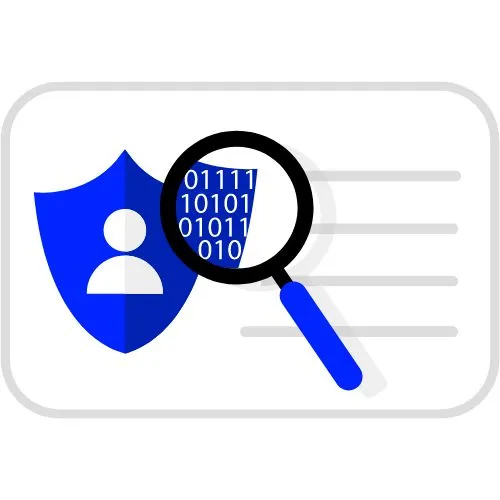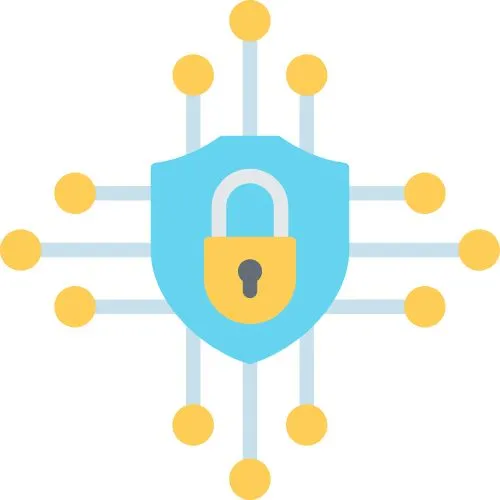In our contemporary, globally connected environment, where information is easily accessible on the internet, the threat of social engineering attacks is a significant concern for businesses of all sizes. These attacks target the human element, tricking people into giving away sensitive information or taking actions that weaken security measures. Companies must adopt strong defenses against these cyber threats and know about potential countermeasures.
Table of Contents
ToggleSocial engineering tactics are diverse, including deceptive emails (phishing), trick phone calls (pretexting), and convincing impersonations. Regardless of the method employed, the goal remains the same: to exploit human errors for malicious ends. As these attacks become more complex and common, businesses must prioritize the implementation of robust countermeasures to protect against these insidious threats.
1. Invest in Staff Security Awareness Training
Investing in comprehensive training programs to educate your staff about social engineering tactics is crucial. Regular workshops, simulations, and awareness campaigns can help employees recognize and respond effectively to suspicious attempts.

Know more in detail: Security Awareness Training for Employees
2. Implement Strict Access Controls:
Limiting access to crucial data and systems can mitigate the risk of unauthorized access through social engineering. Implementing role-based access controls ensures that employees only have access to the information necessary for their job functions.

3. Multi-Factor Authentication (MFA):
Enforcing MFA adds an extra layer of security by requiring users to provide multiple forms of verification before accessing accounts or systems. This significantly reduces the risk of unauthorized access, even if login credentials are compromised through social engineering techniques.
Book a Free Demo Call with Our People Security Expert
Enter your details

Know more in detail: How to Keep Your Password Safe From Hackers?
4. Regular Security Audits and Assessments:
Conducting regular security audits helps identify vulnerabilities in systems and processes that could be exploited by social engineering attacks. Addressing these weaknesses promptly strengthens the overall security posture of the organization.

5. Encourage Reporting of Suspicious Activity:
Foster a culture where employees feel comfortable reporting any suspicious emails, phone calls, or interactions. Establishing clear reporting procedures and offering incentives for reporting can incentivize proactive behavior in detecting and reporting social engineering attempts.

6. Verify Requests for Sensitive Information:
Encourage employees to verify the identity of individuals requesting sensitive information, especially if the request seems unusual or comes from an unfamiliar source. Implementing a “trust but verify” approach can prevent inadvertent disclosure of confidential data.

7. Opt for Secure Communication Channels:
Utilize encrypted communication channels for transmitting sensitive information to prevent interception by unauthorized parties. Secure email gateways, VPNs, and encrypted messaging platforms can safeguard against eavesdropping and data interception.

8. Implement Security Awareness Training for Remote Workers
With the rise of remote work, ensuring that remote employees are equipped with the necessary knowledge and tools to identify and mitigate social engineering threats is essential. Tailoring security awareness training to address remote work challenges can enhance overall resilience.

By implementing these social engineering countermeasures, businesses can significantly reduce the risk of falling victim to manipulative tactics employed by cybercriminals. However, it’s essential to continuously reassess and refine security measures to adapt to the evolving threat landscape. Protecting against social engineering requires a proactive approach, diligent employee training, and a strong commitment to cybersecurity best practices.
Conclusion
Safeguarding against social engineering attacks is a multifaceted endeavor that requires a combination of technological solutions, employee awareness, and proactive measures. By adopting a holistic approach to security and implementing the recommended countermeasures, businesses can mitigate the risks posed by social engineering and safeguard their sensitive information and assets.

Technical Content Writer at Threatcop
Ritu Yadav is a seasoned Technical Content Writer at Threatcop, leveraging her extensive experience as a former journalist with leading media organizations. Her expertise bridges the worlds of in-depth research on cybersecurity, delivering informative and engaging content.
Technical Content Writer at Threatcop Ritu Yadav is a seasoned Technical Content Writer at Threatcop, leveraging her extensive experience as a former journalist with leading media organizations. Her expertise bridges the worlds of in-depth research on cybersecurity, delivering informative and engaging content.
